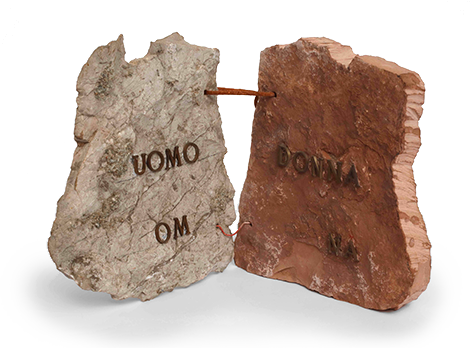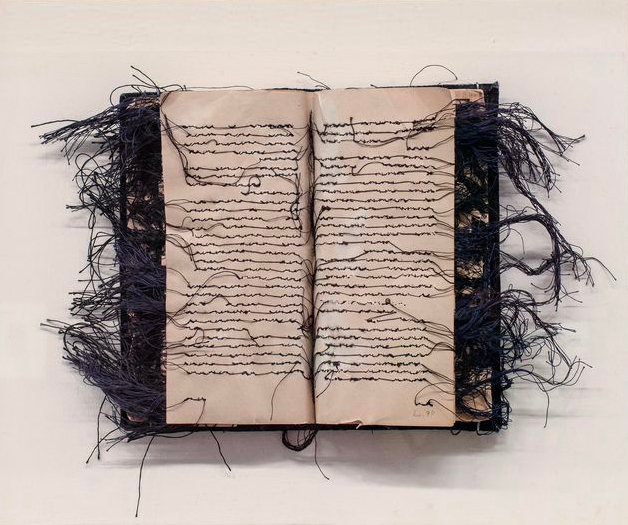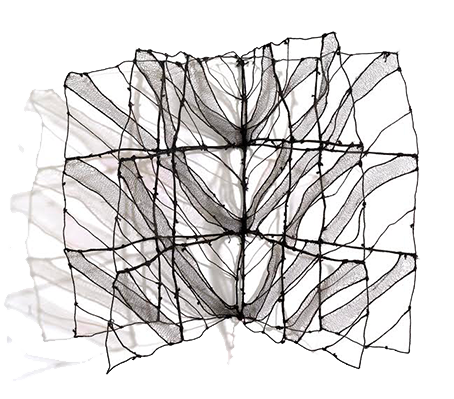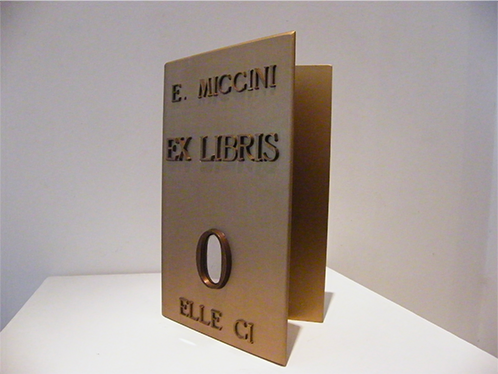The book-object, also called the “non-book”, is a book that has lost its function as a vehicle of language, transforming itself into a message. Thus, the book, emptied of verbal language, is revitalized as a symbol and, as such, it communicates with the unconscious of the human being, taking inspiration from the male archetype of the Logos (language or law).
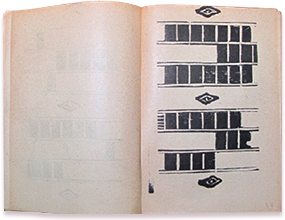
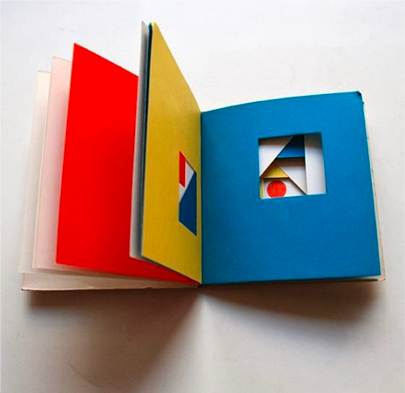
At the Cortese & Lisanti Gallery, Mirella Bentivoglio curated important solo and group exhibitions on the subject of the book-object leading up, in 2010, to the great exhibition Venti Libristi in which she called together twenty Italian exponents of the conceptual and verbo-visual sphere , including Franca Sonnino, Elisabetta Gut, Antonio Del Donno, Bruno Conte.
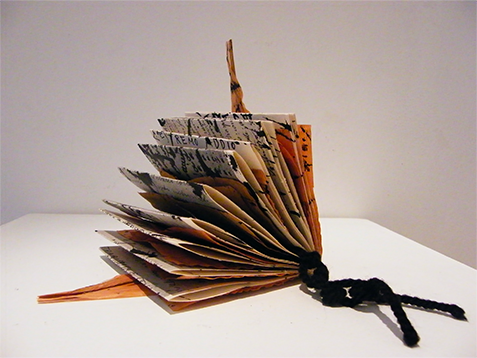
In Italy Mirella Bentivoglio was the greatest exponent of the book-object. Like many contemporary male and female artists, she prefers this medium to make art where signifier and meaning come together to become something else. Mirella Bentivoglio identifies the origins of the book-object in Contemplazioni by Arturo Martini, a book “written” in 1918, whose content consists exclusively of asemantic writing.
Within the context of the Futurism, these experiments take on greater importance, with Depero who, in 1927, made the Bolted Book, and Marinetti and Tullio d’Albisola who made futurist tin books in the early 1930s. The experimentations of Dadaists and Surrealists will follow up to an explosion of artistic production in the early 1960s.
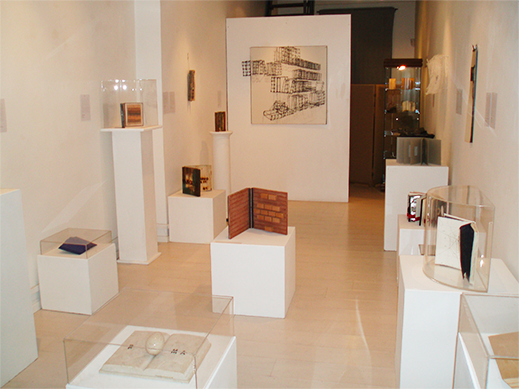
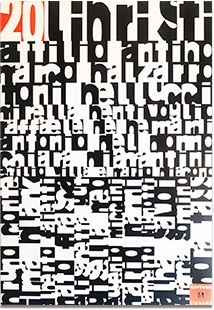
“Libristi: that is to say, artists inspired by the shape and meaning of the book. Many works in this exhibition are historical examples, which have been exhibited in the most prestigious museum spaces. They are mostly unique pieces but there are also works of reduced numbering. They add together two universes: that of the Logos, the language, which they represent in their form, and that of the Matter, the material, which they celebrate in their substance. Two opposing dimensions which merge into singular, communicative and silent poetic testimonies “
Mirella Bentivoglio
